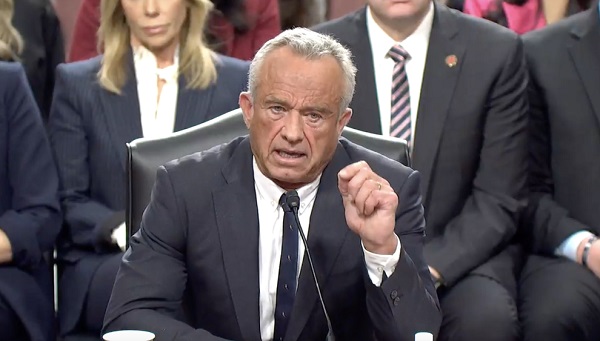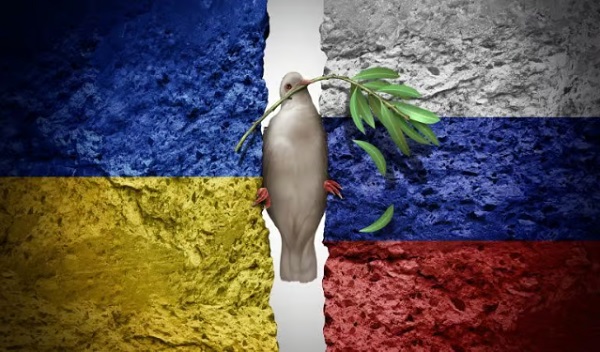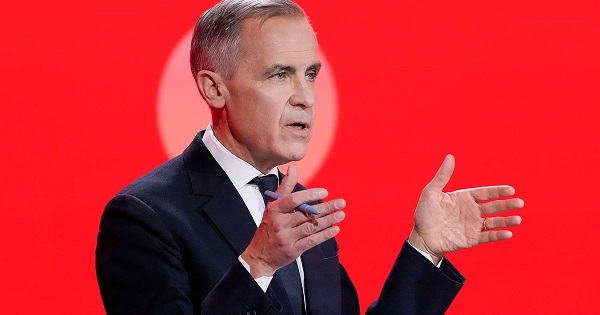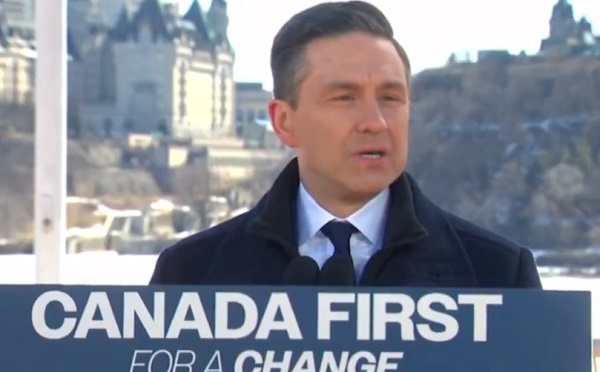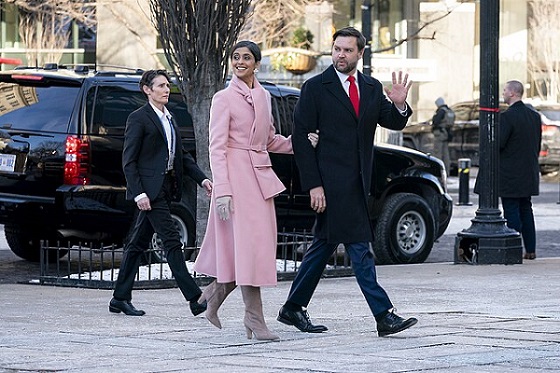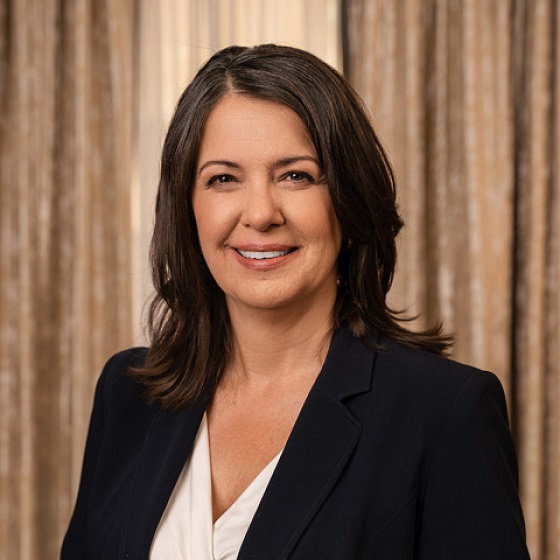From Todd Bensman
Just about all of the Gaza Strip’s two million inhabitants have gone through decades of institutionalized cradle-to-grave indoctrination into the ruling Hamas’ upside down 7th century Islamist value system, which features at its core and extremely violent religious ideology.
As President Biden considers bringing Gaza war refugees into the United States, he would do well to recall what happened when other good-hearted people took a similar chance – and paid with their blood.
Before the October 7 Hamas attack, Israeli citizens sponsored work permits for thousands of security-vetted Palestinians to earn money working on some of their farms in towns not far from the Gaza Strip.
Some of those Gazan day laborers are believed to have used their access to provide tactical information that helped Hamas terrorists kill hundreds of Israelis on October 7.
The bad apples lesson of that still developing story – and another where security-vetted Palestinian UN workers directly assisted the October 7 attackers – is central to the problem with an American plan to import Gazan war refugees. It’s an unacceptable national security risk.
That’s because just about all of the Gaza Strip’s two million inhabitants have gone through decades of institutionalized cradle-to-grave indoctrination into the ruling Hamas’ upside down 7th century Islamist value system, which features at its core and extremely violent religious ideology.
Hamas relentlessly preaches that humanity’s highest virtues are suicide bombing, armed combat, genocide, intolerance of difference, and a dehumanizing hatred of Jews and Americans.
Yes, there will be exceptions among Gazans who are independent-minded enough to rebel. But if Israel can’t readily suss out the tolerant, then certainly America’s refugee bureaucrats will have far less luck.
A large number of respectable academic and think tank studies have shown how Hamas indoctrinates the people of the Gaza Strip.
Recall the recent reports of jubilant children, women and men cheering, spitting at, and even beating both alive and dead Israeli hostages paraded through Gaza after the October 7 attack.
“These are the people you might be bringing here,” said Nayla Rush, a refugee policy expert for the Washington, D.C.-based Center for Immigration Studies, who recently penned a column titled “Resettled Refugees Do Not Necessarily Leave Their Beliefs and Biases Behind.” “How are you going to vet them? What do you do, go to the Hamas authorities and ask? That’s a huge breach of any vetting. It’s impossible.”
Hamas starts things up in kindergarten and ramps up the ideological training all the way through the Islamic University of Gaza, a redoubt of hatred established by Hamas’ founding father in 1978 and which offers law degrees from a “Sharia Law Department” and whose engineering department is there to churn out combat engineers for Hamas tunnels.
As a 2013 New York Times report put it, the required school textbooks and curriculum “infuse the next generation with its militant ideology” as part of a required national education course of study in government schools.
SEE ALSO: Debunking The Argument For Columbia Journalism School’s Terrorist Propagandist Memorial
The children are taught never to recognize modern Israel as anything more than a target of genocidal violence, Gaza school curricula is replete with thousands of examples of violent incitement against the Jewish state and Jewish people.
Tens of thousands have attended Hamas summer camps, where its armed terrorist operatives serve as camp counselors dishing out violent Islamist ideology and military training to prep them for conscription into Hamas’ armed forces.
Teachers and authority figures of every stripe teach the children that waging jihad that kills Jews is a solemn religious duty where martyrdom earns the believer paradise in heaven, a November 2023 analysis of collected Arabic television news segments shows.
“The next generation of Palestinians is being relentlessly fed a rhetorical diet that includes the idolization of terrorists, the demonization of Jews and the conviction that sooner or later Israel should cease to exist,” Yuval Steinitz, Israel’s minister of intelligence and international affairs, wrote in a 2013 New York Times opinion column.
He noted that, for instance, some Facebook pages of government-supported Palestinian schools glorified Adolph Hitler’s genocide against European Jewry and that “Jews and Zionists are horrible creatures that corrupt those in their vicinity.”
A 2021 European Union analysis of 156 Palestinian school textbooks found that many glorified suicide terrorists as role models and demonize Jews as dangerous and deceptive so as to generate feelings of hatred.
Hamas’ popular Al Aqsa TV gained international notoriety when its children’s show star, the Mickey Mouse-like character, Farfour, was outed for promoting radical Islam, hatred of Jews, and for urging children to take up AK-47 assault rifles.
The station’s response to international outrage was to depict an “Israeli” bureaucrat unjustly beating Farfour to death, then replaced the character with a bee named Nahool who continued to preach violence.
And so much for tolerance. Any Gazan at any age who might be brought to the United States can be expected to regard non-Muslims as sub-human after years of indoctrination backed by extreme violence against Christians in Gaza.
Islamist proselytizers have kidnapped thousands of Christians and forced them to convert to Islam and burned churches to the ground.
The tiny population of Christians that have not fled Hamas persecution remain subject to targeting “in ways even more acute and systemic than Christians in the West Bank and Israel,” a 2022 University of Notre Dame analysis concluded.
Christians feel coercion to covert to Islam, while Christian women are harassed and pressured to cover their hair and adopt Islamic forms of clothing.
Polling of Gazans consistently show majority support for the October 7 attack and for Hamas, whose backing has risen since the attack.
And large majorities have long viewed the United States as an enemy of Palestinian Arabs, one Pew poll showing that number at 76% a decade ago and soaring, if that is even possible, since the new war began
“The level of anti-Americanism and anti-Westernism is huge among Palestinians because of the positions they have taken regarding international humanitarian law and what is happening in Gaza,” pollster Khalil Shikaki told the Associated Press in December.
Absent even a national security risk in importing men, women and children deeply schooled in blood lust, why would the Biden administration think it wise to import such America-haters into the country?
But in the end, Gazans must be regarded as too great a national security threat for a US humanitarian gambit.
By all means, do facilitate their exits to friendlier and safer neighborhoods in the region. Provide humanitarian aid. Arrange for medical treatment elsewhere. Send doctors on the UN Navy’s Mercy hospital ship.
But importing them into the United States as refugees? These are not the people, and this is definitely not the time.
Todd Bensman is a senior national security fellow at the Center for Immigration Studies.
Related

